- Home
- Blog
- Industry Sharing
- Mastering Locking Systems from Basics to Choosing the Right Supplier
Mastering Locking Systems from Basics to Choosing the Right Supplier
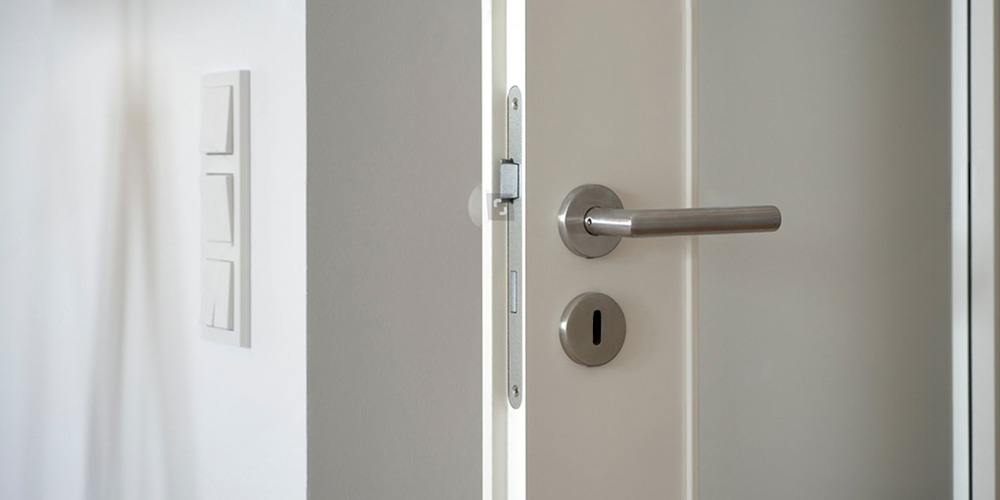
What is a Locking System and What Are Its Key Components?
A locking system is a security mechanism used to restrict access, commonly found in doors, cabinets, and gates across commercial and residential environments. At its core, it includes a combination of components—like a lock cylinder, latch, key, or electronic trigger—that work together to secure entry points. Whether mechanical or digital, a locking system is essential for safeguarding assets and maintaining controlled access in high-traffic or sensitive areas.
〈Extended reading: How to Choose the Right Glass Door Lock for Your Needs?〉
Essential Components of a Typical Locking System
Every locking system, regardless of complexity, relies on several core elements:
Lock Cylinder
The heart of a mechanical lock, it interacts with the key to engage or release the locking mechanism. Typically housed within the door, the cylinder contains a series of pins and springs that align precisely when the correct key is inserted, allowing the lock to turn. High-security cylinders may also feature anti-drill plates and pick-resistant designs to provide additional protection.
Latch or Bolt
This is the moving component that physically secures the door in place. Depending on the design, it may slide, rotate, or be spring-loaded to engage with the strike plate. Latches are commonly used for interior doors where convenience is key, while bolts provide more robust locking strength for exterior applications. High-security locking systems may use deadbolts, which extend deeper into the door frame for added resistance against forced entry.
Strike Plate
Attached to the door frame, it catches the latch and holds it securely. A properly aligned strike plate ensures the latch or bolt seats firmly into the frame, providing stability and resistance against forced entry. Some models include reinforced or extended plates for added security, especially in commercial or exterior door applications. The finish and fit of the strike plate also contribute to the overall durability and appearance of the locking system.
Key or Access Device
A tool, physical or digital, used to operate the lock—ranging from traditional metal keys to modern RFID cards, biometric scanners, or digital PINs. These access devices serve as the interface between the user and the locking mechanism, ensuring only authorized individuals can gain entry. In commercial environments, keycards or keypads provide scalable access control, while in high-security settings, multi-factor authentication methods are sometimes employed. The choice of access device can also affect user convenience, security levels, and compatibility with existing systems.
Housing and Mounting Hardware
The structural casing and support elements that hold everything in place and ensure durability. This includes the outer shell that protects internal components from external damage, as well as brackets, screws, and mounting plates that secure the lock to the door or frame. High-quality housing materials not only enhance longevity but also contribute to the overall resistance against tampering, corrosion, and environmental wear—making them essential for both indoor and outdoor locking systems.
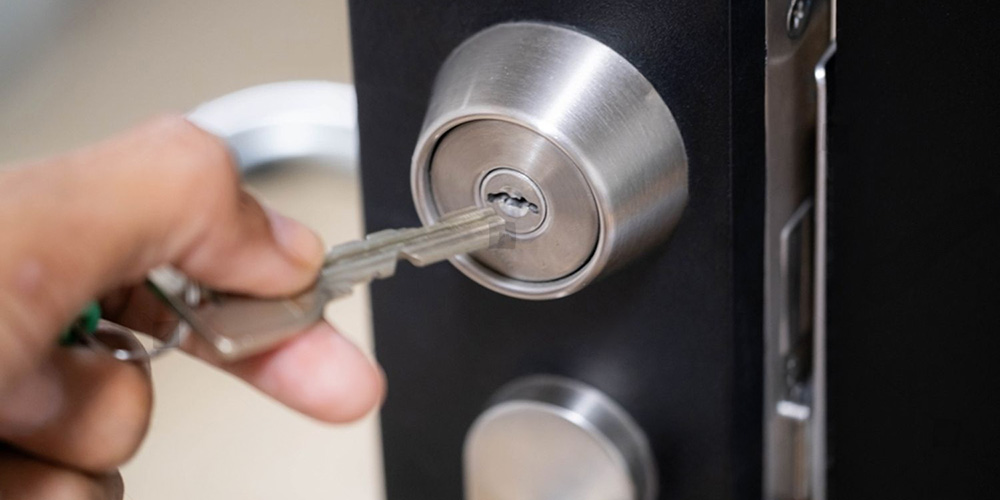
Types of Locking Systems
1. Glass Door Locks
Ideal for frameless glass doors, often found in commercial buildings and shower enclosures. These locks can be patch-style or clip-style, offering a secure fit without drilling through the glass. They maintain the door’s sleek, uninterrupted appearance while delivering reliable locking functionality. Many models also support keyless entry or concealed mechanisms to preserve the minimalist aesthetic of modern glass installations.
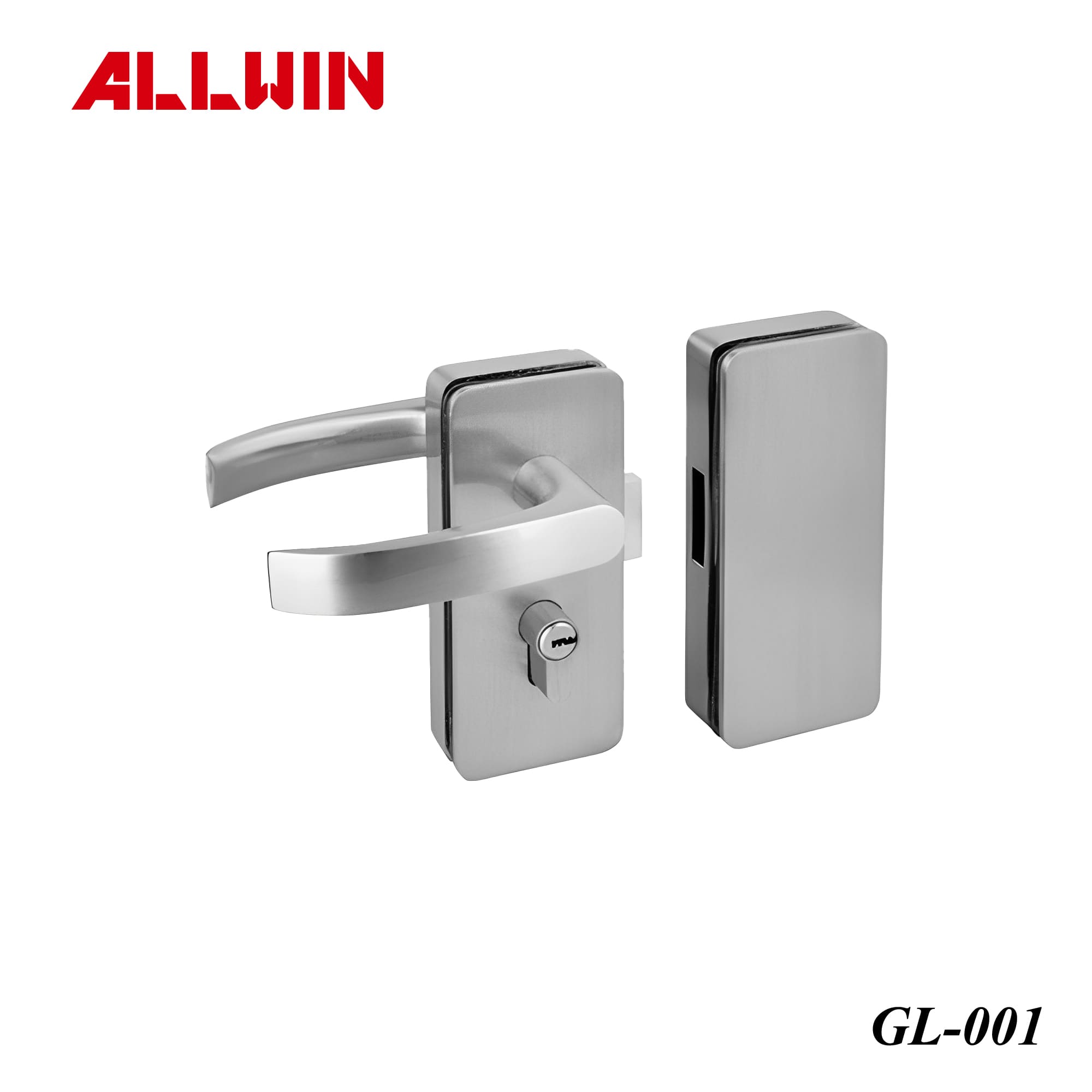
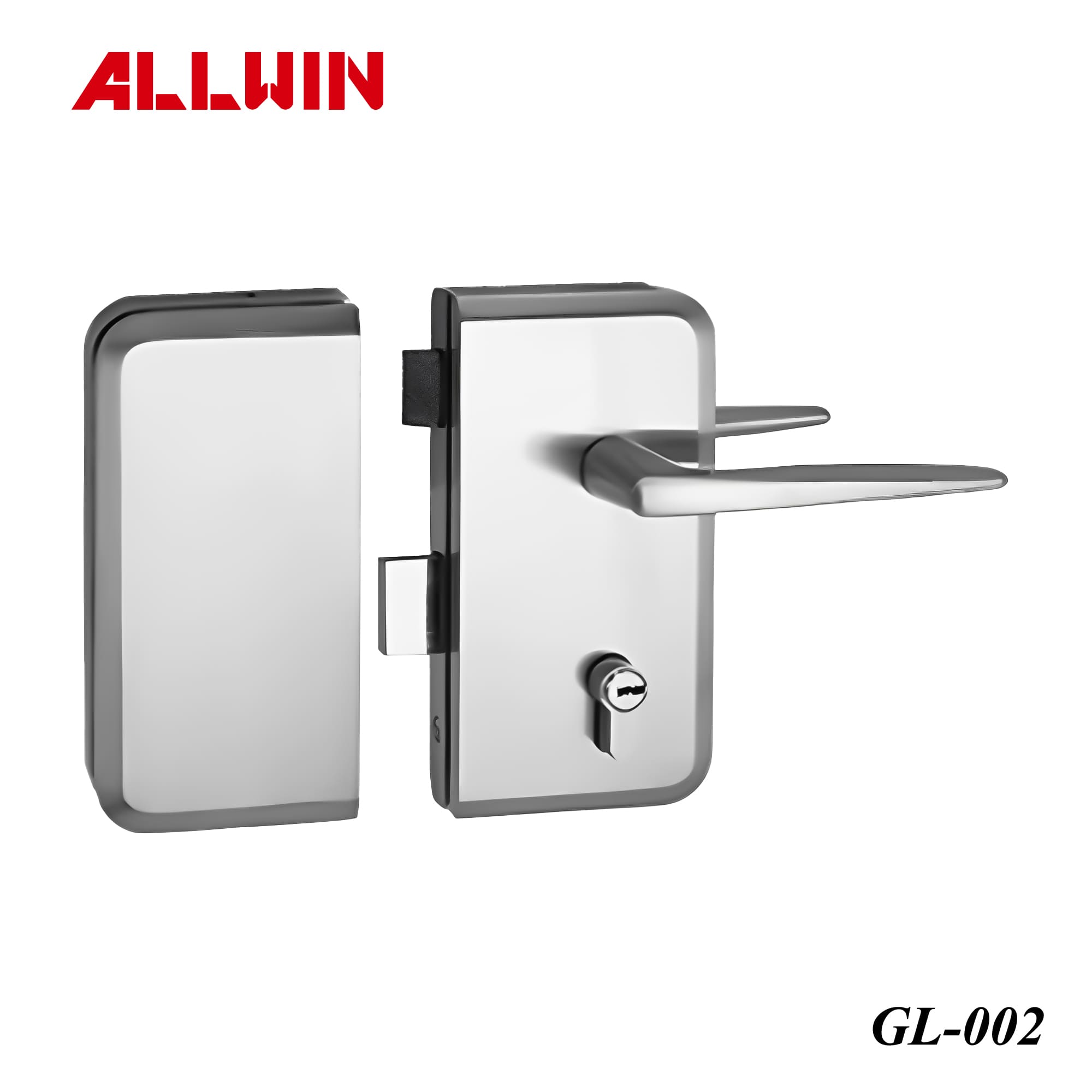
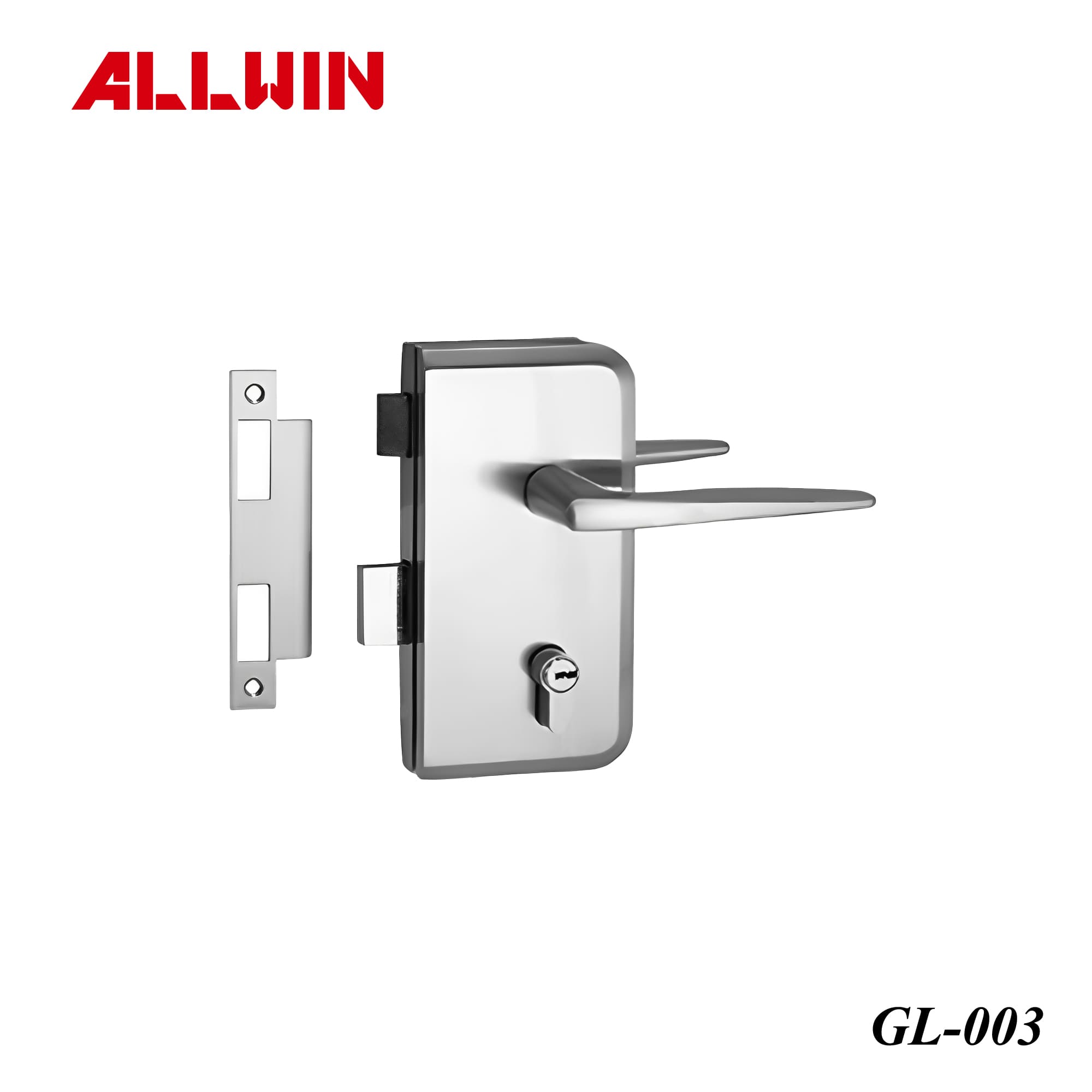
< Related Products : GL-002 >
< Related Products : GL-003 >
2. Deadbolt Locks
Provide a high level of security and are commonly used for main entry doors. They come in single or double-cylinder configurations. Single-cylinder models are operated with a key from the outside and a thumb turn from the inside, offering simplicity and speed. Double-cylinder versions require a key on both sides, which increases security but may raise safety concerns in emergency exits. Deadbolts are favored for their resistance to forced entry, making them a staple in both residential and commercial settings.
.jpg)
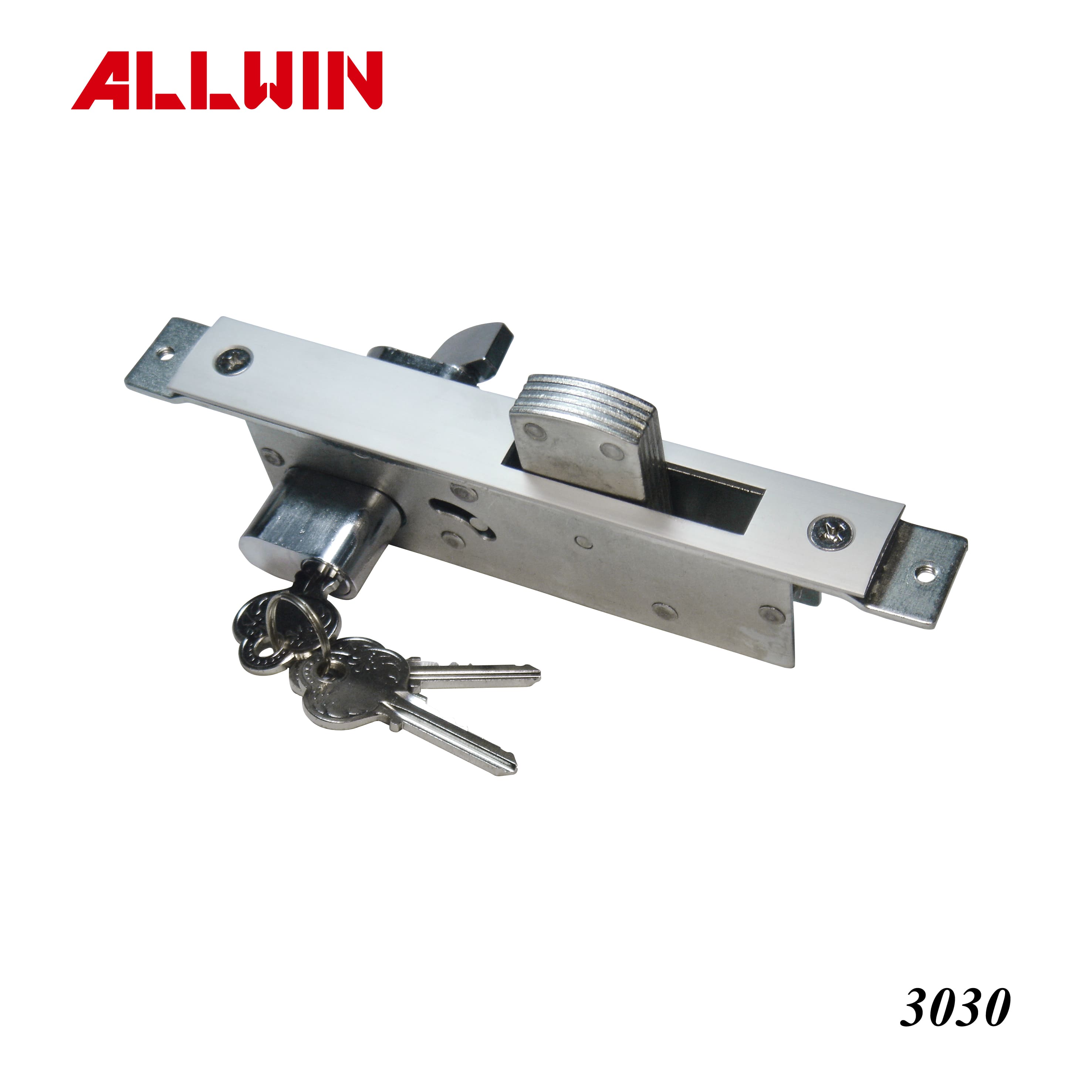
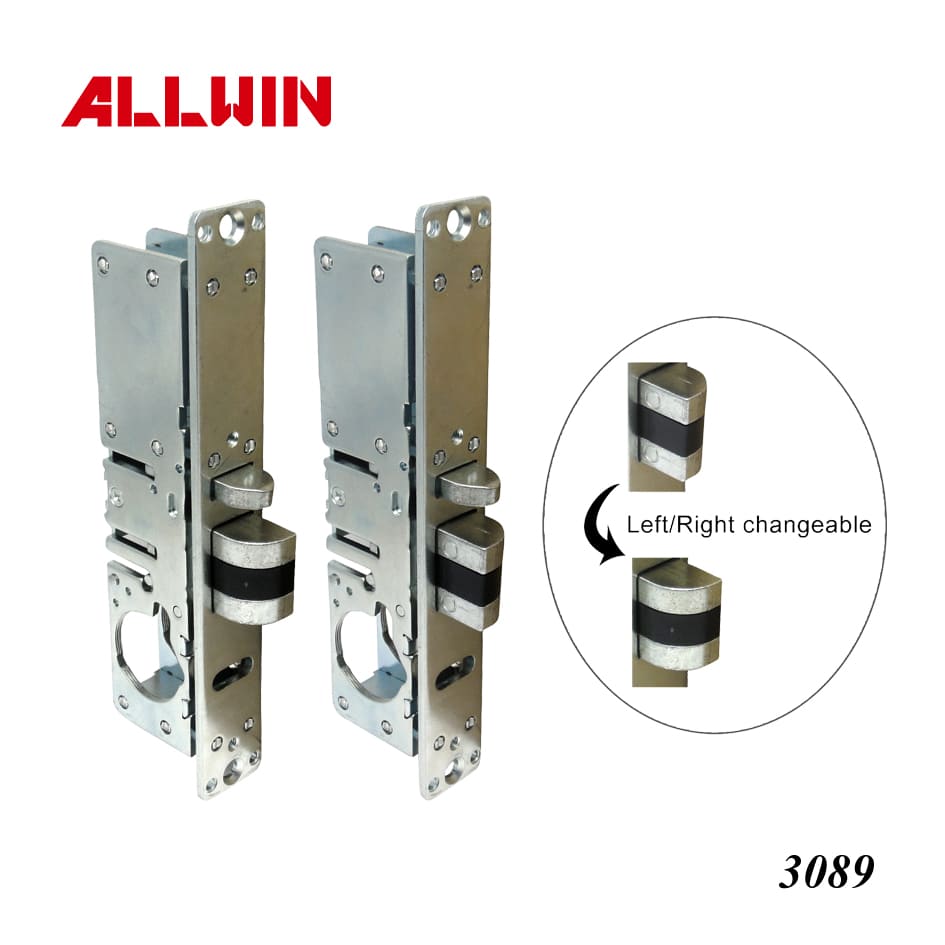
< Related Products : 3030 >
< Related Products : 3089 >
3. Mortise Locks
Built into the door body, mortise locks offer durability and enhanced security, often used in upscale residential and commercial buildings. These locks typically feature a larger housing and complex internal mechanisms, allowing for multiple functions such as locking, latching, and privacy. Their robust design makes them ideal for high-traffic areas where reliability and long-term performance are essential.
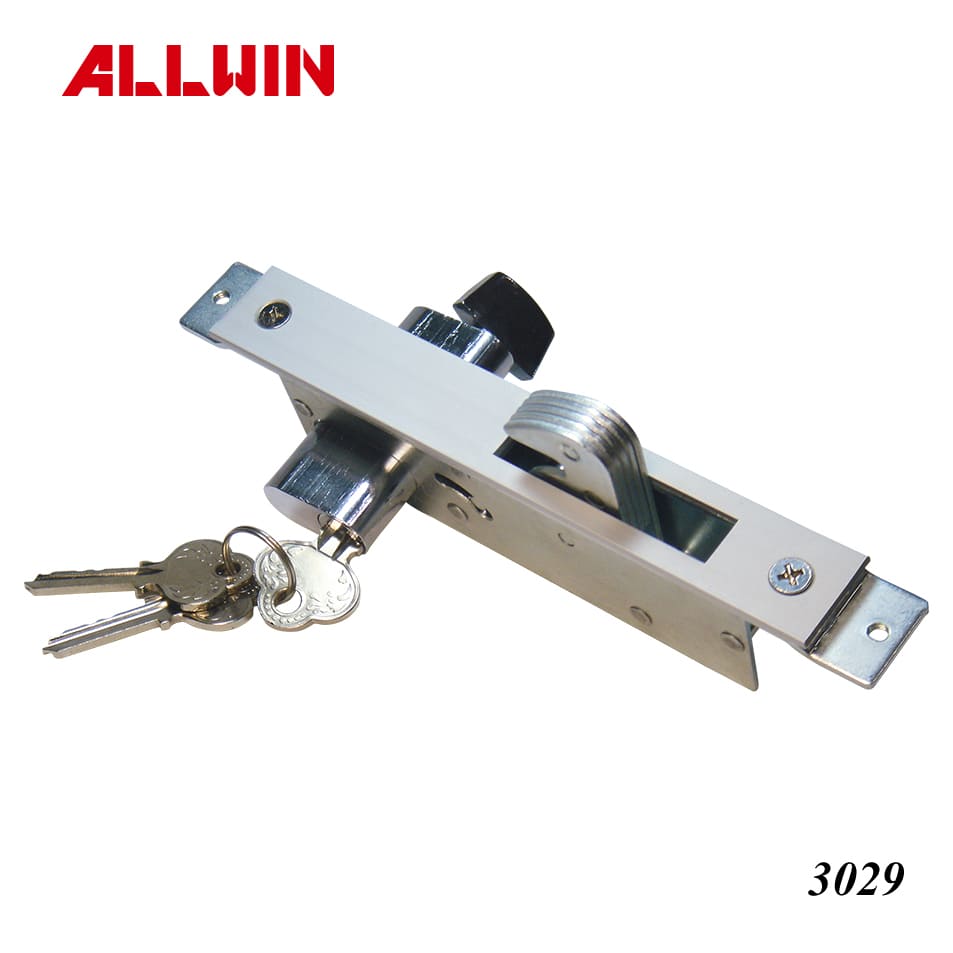
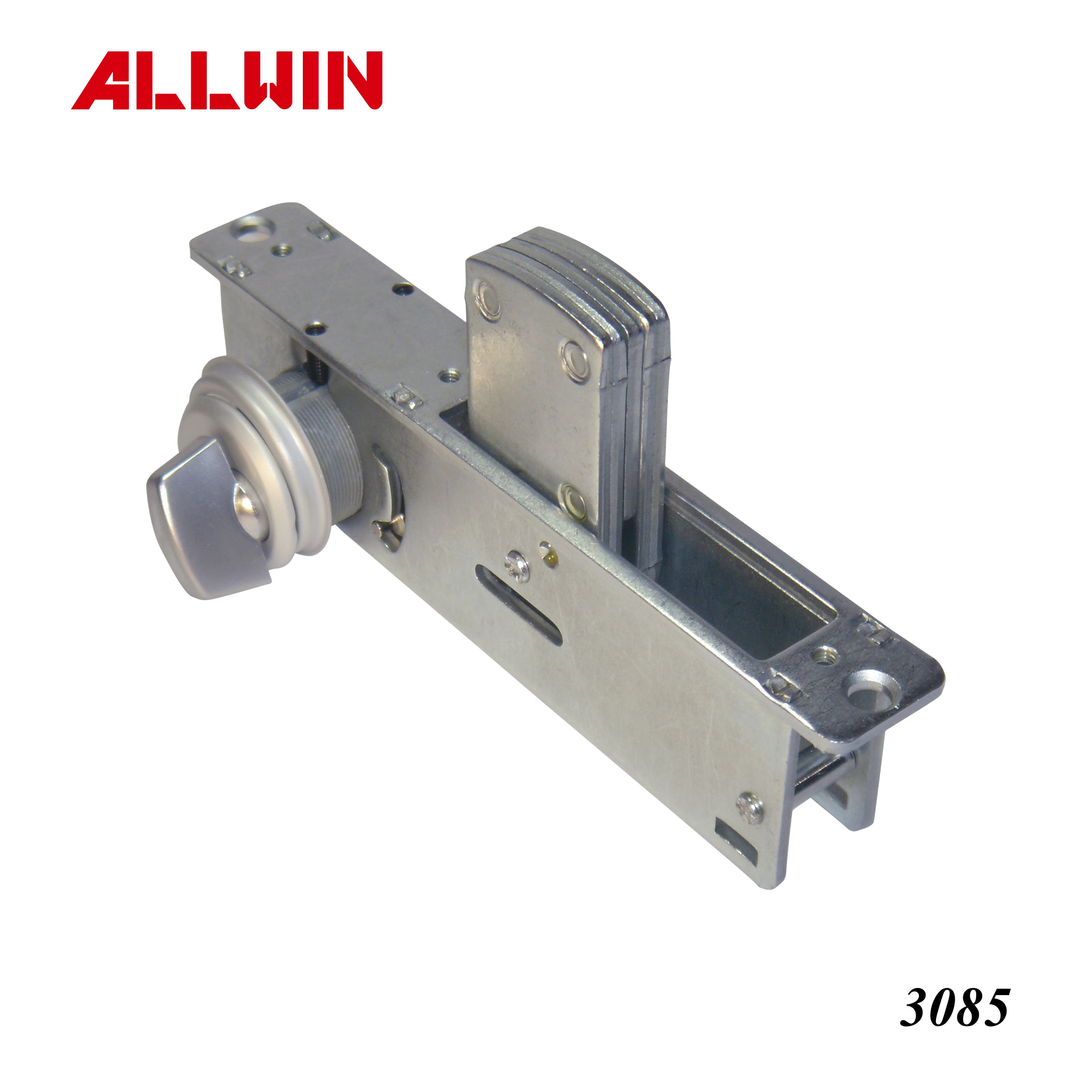
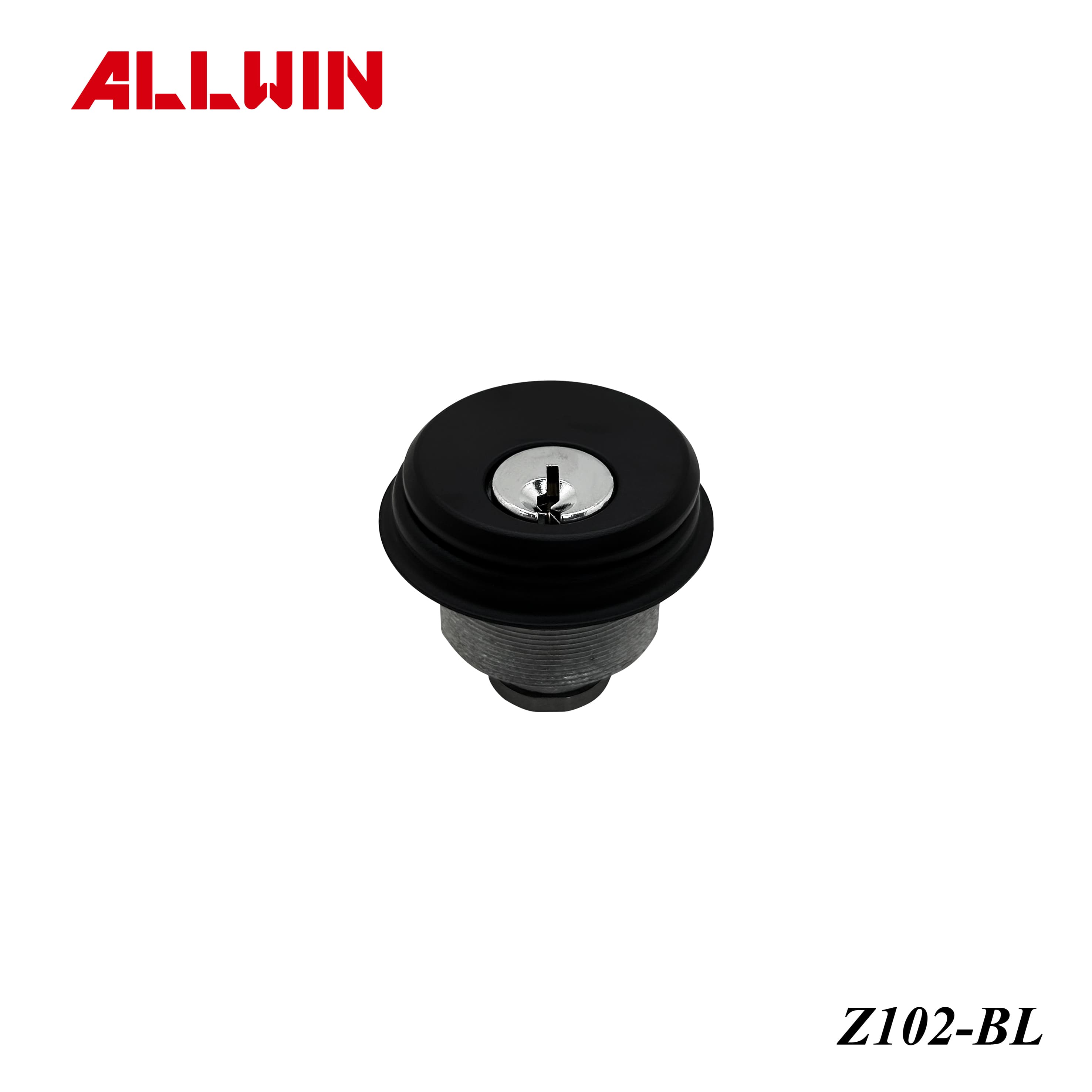
< Related Products : 3085 >
< Related Products : Z102-BL >
4. Sliding Door Locks
Used for patio or sliding glass doors, these locks include latch types and hook mechanisms to keep doors securely closed. Some advanced models feature dual locking points for added stability, especially in larger or high-traffic installations. They are also available in both keyed and keyless options, offering flexibility depending on your desired balance between convenience and security.
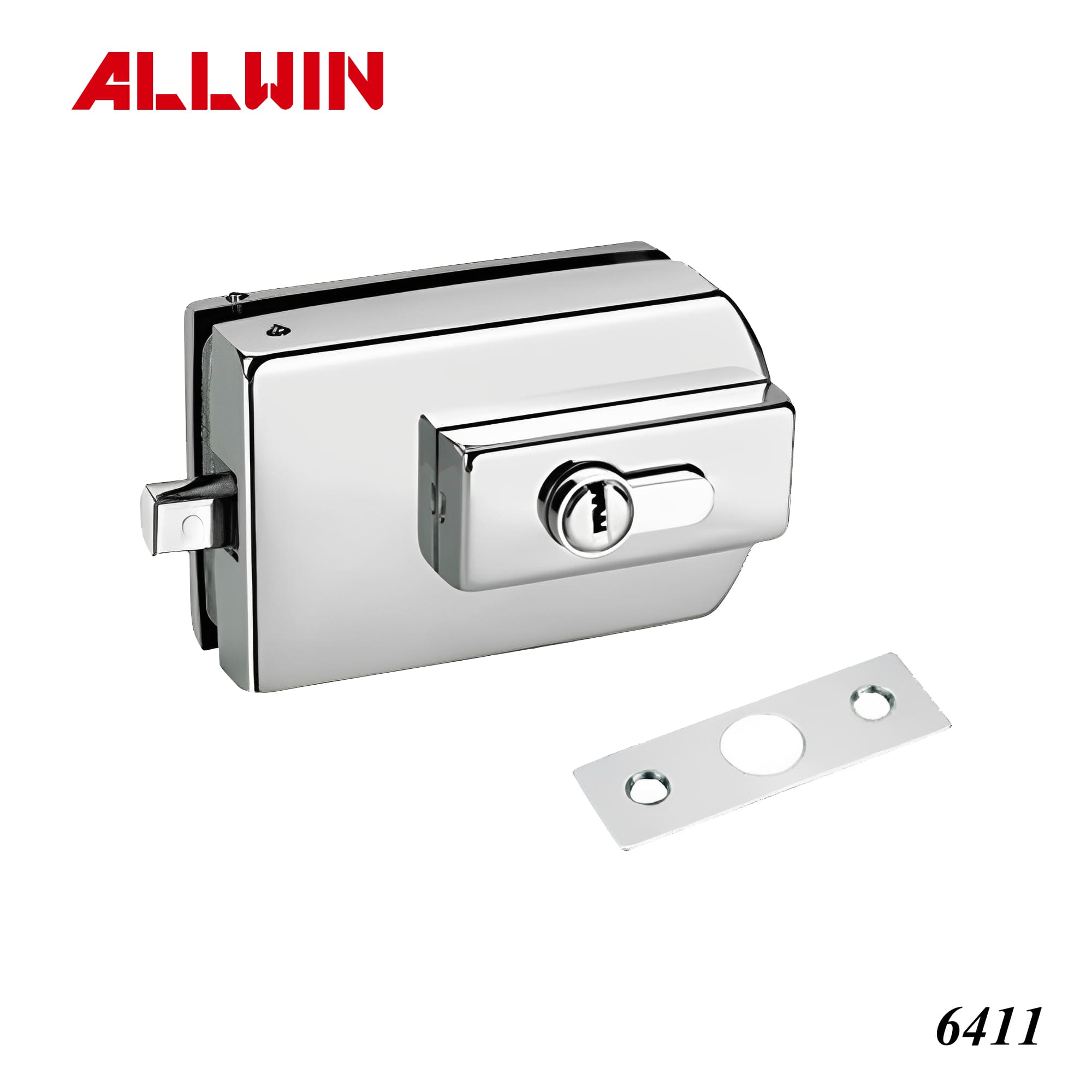
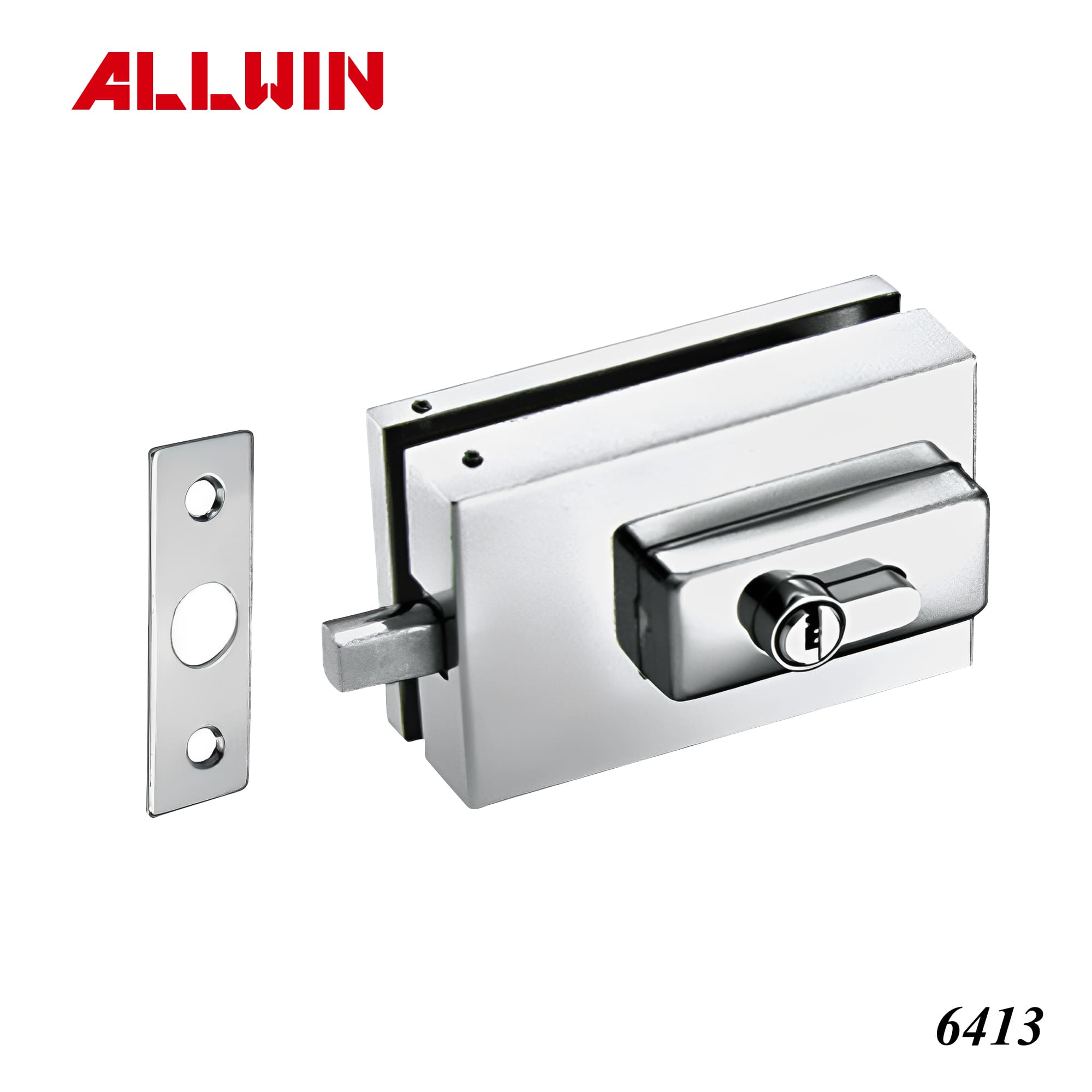
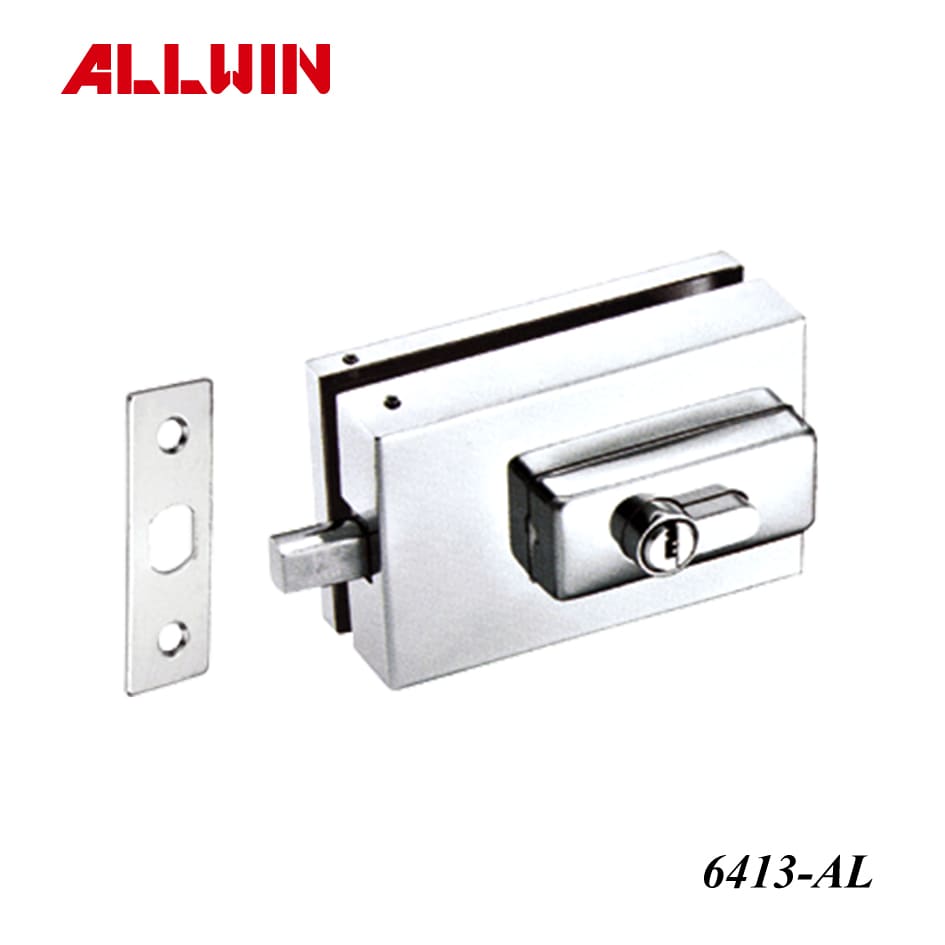
< Related Products : 6413 >
< Related Products : 6413-AL >
5. Electronic and Smart Locks
Controlled by PINs, cards, or mobile apps, these locks are best suited for environments where access management and remote control are priorities. They allow administrators to grant or revoke access remotely, track entry logs, and set usage schedules. Their integration with mobile apps and home automation systems also provides convenience and scalability for modern security demands.

.jpg)
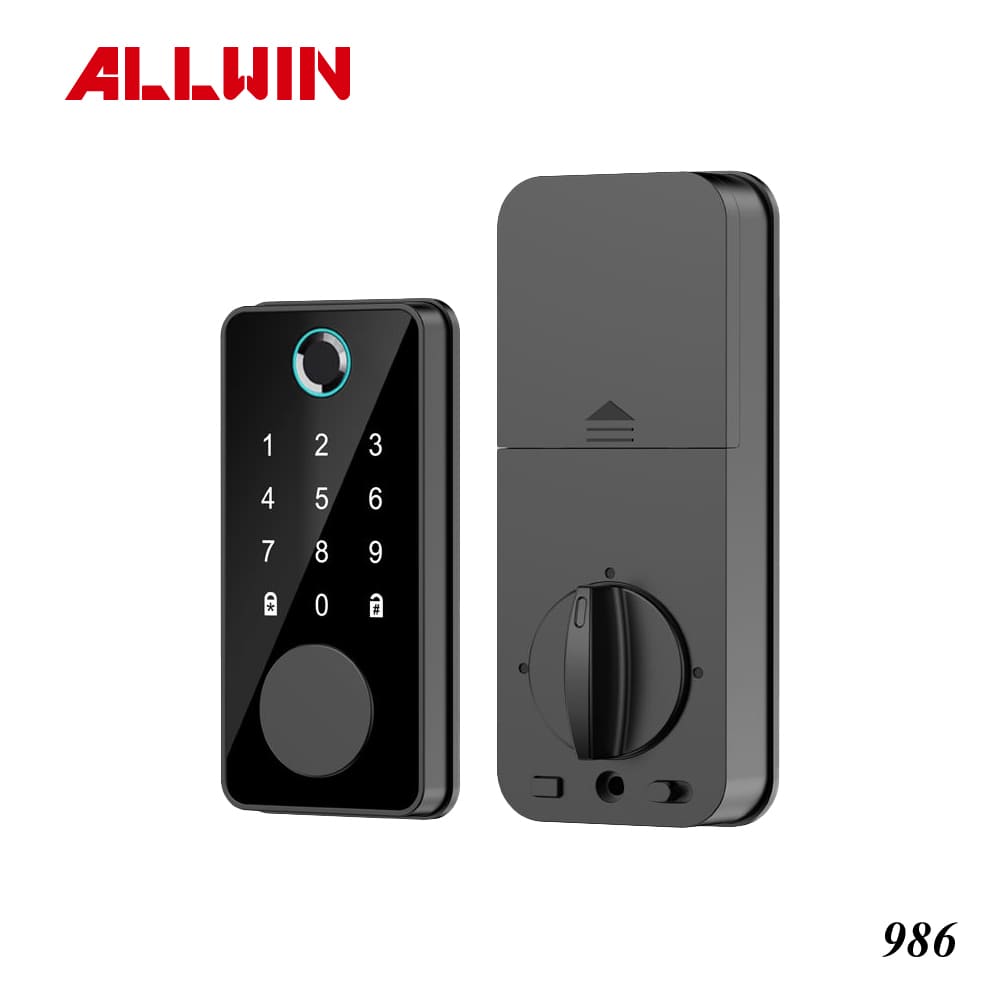
< Related Products : 985 >
< Related Products : 986 >
Key Factors When Choosing a Locking System
Security Requirements
Determine the level of protection needed. High-risk environments may require multi-point locking or electronic access control. It's also important to assess potential vulnerabilities such as door frame strength or exposure to outdoor elements, which could influence your choice of locking mechanisms.
Application Area
Interior doors, exterior entrances, glass enclosures, and cabinets all demand different lock types. It's also important to consider environmental factors such as humidity or temperature exposure, which may influence lock material and mechanism choices.
Material and Durability
Choose corrosion-resistant finishes and robust materials like brass or stainless steel for long-lasting performance. These materials not only withstand environmental wear but also offer aesthetic flexibility, making them suitable for both modern and traditional designs.
Ease of Use
Consider the end users—are they employees, guests, or customers? Choose user-friendly systems where needed. For example, offices or public venues may benefit from intuitive locking mechanisms that minimize the need for staff training or user confusion.
Design Compatibility
Ensure the style and finish match surrounding architectural elements. Consider how the lock complements door handles, hinges, and other hardware to create a cohesive and polished visual impression.
Integration Capabilities
Especially for smart systems, verify if the lock can integrate with your existing security or automation platforms. This ensures seamless communication with surveillance, alarms, and mobile apps, streamlining your overall security infrastructure.
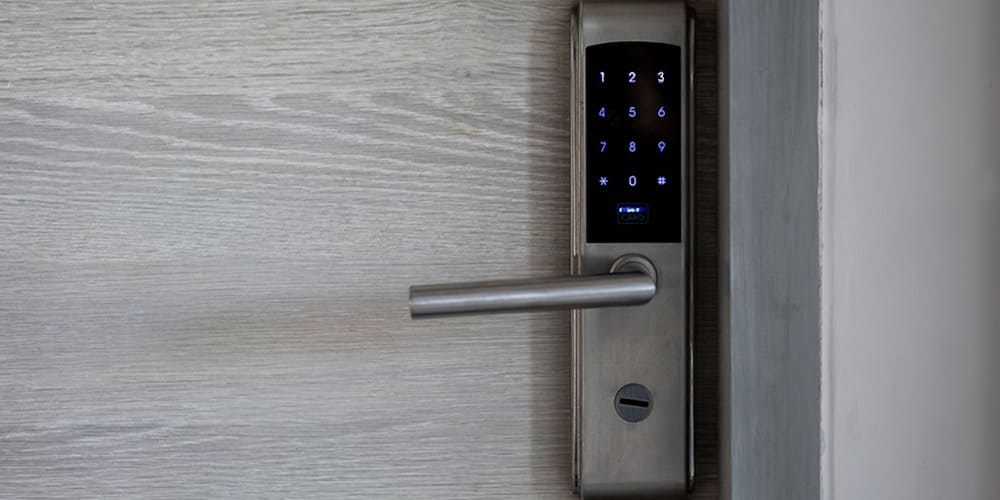
ALLWIN: Your Go-To B2B Supplier for High-Quality Locking Systems
ALLWIN Architectural Hardware Inc. specializes in producing reliable, durable, and customizable locking systems for global B2B clients. With decades of experience in precision metalworking and finishing, we offer a wide range of solutions—from classic mechanical locks to cutting-edge electronic and smart lock systems. Our product range includes:
- Glass door locks for frameless applications
- Mortise locks and deadbolts for enhanced security
- Locking systems for cabinets, showcases, and drawers
- Sliding door locks for residential and commercial projects
Whether you're sourcing for commercial construction, hospitality projects, or OEM development, ALLWIN provides end-to-end support, from design consultation to mass production.
.jpg)
Frequently Asked Questions
Q1: Can ALLWIN produce customized lock systems for large-scale orders?
Yes, we support OEM/ODM services tailored to your specifications and project needs.
Q2: How long do electronic locks typically last?
With proper maintenance and battery replacement, high-quality models can last several years in active use.
Q3: Can mechanical and electronic lock components be combined?
Yes, hybrid systems that use both key and digital access are increasingly popular for layered security.
Conclusion
Locking systems are critical to any secure access solution, and understanding their types and features is key to making the right choice. From foundational deadbolts to advanced smart locks, selecting the correct system ensures safety, convenience, and reliability. For B2B clients seeking a dependable hardware partner, ALLWIN offers not only trusted product quality but also flexibility, technical support, and global delivery capabilities tailored to complex project demands. Contact us to learn more about how ALLWIN can support your project needs.
〈Extended reading: Elevate Your Space with Stylish and Ergonomic Lever Handles〉
〈Extended reading: Selecting the Right Screen Door Closer for Your Business Needs〉
Article Classification
Recent Articles
- The Definitive Guide to Stainless Steel Manicure Scissors: Types, Materials, and B2B Quality
- Stainless Steel Nail Clipper: Complete Guide, Types, Care Tips, and Great B2B Solutions
- Tactile Paving: Essential Types, Standards, and B2B Procurement
- The Essential B2B Guide to Aluminum Tube Connectors: Types, Applications, and Connection Methods
- Stainless Steel Screw Bolts: Grades, Types, and Supply for B2B Projects

